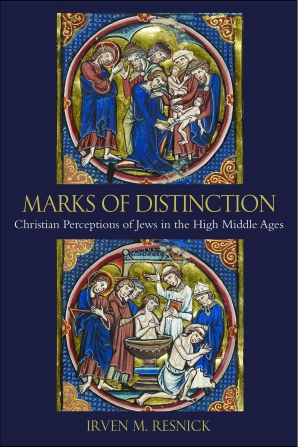- Home
- Fathers of the Church Medieval Continuations
- religion
- The Letters of Peter Damian, 151-180
Preparing your PDF for download...
There was a problem with your download, please contact the server administrator.
The Letters of Peter Damian, 151-180
Fathers of the Church Medieval Continuations
by Damian
Translated by Owen Blum and Irven M. Resnick
Imprint: Catholic University of America Press
This volume concludes the series of Peter Damian's Letters in English translation. Among Letters 151-180 readers will find some of Damian's most passionate exhortations on behalf of eremitic ideals. These include Letter 152, in which Damian defends as consistent with the spirit and the letter of Benedict's Rule his practice of receiving into the eremitic life monks who had abandoned their cenobitic communities. In Letter 153 Damian encourages monks at Pomposa to pass beyond the minimum standards established in the Rule of St. Benedict for the higher and more demanding eremitic vocation. In Letter 165, addressed to a hermit, Albizo, and a monk, Peter, Damian reveals as well the importance of monastic life to the world: because the integrity of the monastic profession has weakened, the world has fallen even deeper into an abyss of sin and corruption and is rushing headlong to destruction. Let monks and hermits take refuge within the walls of the monastery, he urges, while outside the advent of Antichrist seems imminent. Only from within their walls can they project proper examples of piety and sanctity that may transform the world as a whole.
Damian was equally concerned to address the moral condition of the larger Church. Letter 162 represents the last of Damian's four tracts condemning clerical marriage (Nicolaitism). Damian's condemnation of Nicolaitism also informed his rejection of Cadalus, the antipope Honorius II (see Letters 154 and 156), who was said to support clerical marriage, and therefore cast him into the center of a storm of ecclesiastical (and imperial) politics from which Damian never completely extricated himself.
ABOUT THE TRANSLATORS:
Owen J. Blum, O.F.M., (1912-98) published frequently on Peter Damian and assisted in the critical edition of the Letters published in the series Monumenta Germaniae Historica. Irven M. Resnick is professor of philosophy and religion, and Chair of Excellence in Judaic Studies, at the University of Tennessee at Chattanooga.
PRAISE FOR THE BOOK:
"Teachers and students alike will be grateful for the availability in English translation of this corpus of letters which is a major source both for the history of the reform papacy and for that of the Italian peninsula in the mid-eleventh century."—Catholic Historical Review
Owen J. Blum, O.F.M., (1912-98) published frequently on Peter Damian and assisted in the critical edition of the Letters published in the series Monumenta Germaniae Historica. Irven M. Resnick is professor of philosophy and religion, and Chair of Excellence in Judaic Studies, at the University of Tennessee at Chattanooga.
"Teachers and students alike will be grateful for the availability in English translation of this corpus of letters which is a major source both for the history of the reform papacy and for that of the Italian peninsula in the mid-eleventh century."
~Catholic Historical Review









